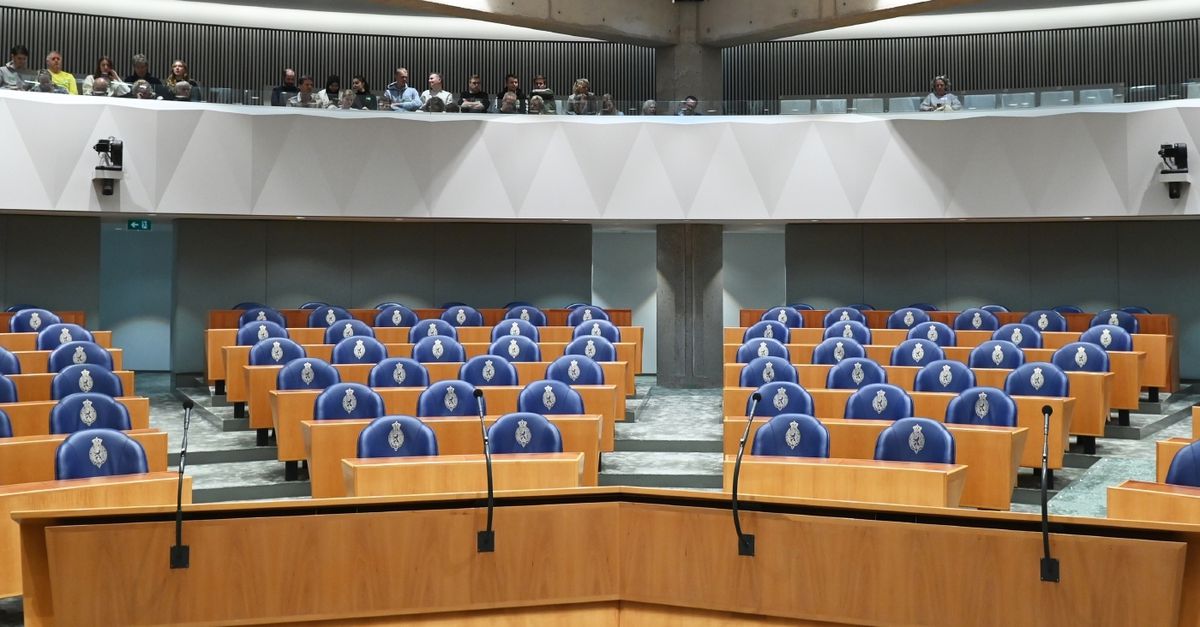Mastering Corrections And Clarifications: A Practical Approach

Table of Contents
Identifying the Need for Corrections and Clarifications
This initial step is crucial in the process of effective corrections and clarifications. It involves both recognizing errors and assessing their impact.
Recognizing Errors and Misunderstandings
Identifying errors requires vigilance and a critical eye. Common errors include:
- Factual inaccuracies: Presenting incorrect data or information.
- Typos and grammatical errors: These can undermine credibility and professionalism.
- Ambiguous language: Using unclear or vague terms leading to misinterpretations.
- Misinterpreted instructions: Failing to accurately understand and follow directions.
Proactive error detection is key. Regularly review your work, utilizing tools like grammar checkers and style guides. Consider employing a second pair of eyes for proofreading and fact-checking. Techniques like the "four eyes principle" (having two people review documents independently) are incredibly effective.
Assessing the Impact of Errors
The consequences of uncorrected errors can range from minor inconveniences to severe repercussions:
- Loss of credibility: Inaccurate information can damage your reputation and trust.
- Damaged relationships: Misunderstandings can strain personal and professional connections.
- Financial losses: Errors in financial reporting or contracts can have significant monetary consequences.
- Legal repercussions: Inaccurate information in legal documents can lead to serious legal issues.
The urgency of correction depends on the severity of the error. Prioritize corrections based on their potential impact, addressing critical errors immediately and less significant ones in a timely manner. A well-defined prioritization system ensures effective management of corrections and clarifications.
Strategies for Effective Corrections and Clarifications
Once an error is identified, choosing the right approach is essential for successful corrections and clarifications.
Choosing the Right Communication Channel
The channel used for corrections and clarifications should align with the severity and sensitivity of the issue:
- Email: Suitable for less urgent corrections or clarifications to multiple recipients.
- Phone: Allows for immediate clarification and a more personal touch.
- In-person meeting: Best for sensitive or complex corrections requiring detailed explanation and discussion.
- Formal letter: Appropriate for highly formal or official corrections and clarifications.
Selecting the appropriate channel demonstrates professionalism and consideration.
Crafting Clear and Concise Messages
When making corrections, clarity and conciseness are paramount. Effective correction messages:
- Are direct and upfront: Don't beat around the bush; clearly state the correction.
- Own the mistake: Take responsibility for the error without making excuses.
- Offer solutions: Explain how the error will be rectified.
- Avoid jargon: Use clear, simple language that everyone can understand.
- Are carefully proofread: Ensure the correction message is free from errors.
Maintaining a professional and apologetic tone (when appropriate) can significantly impact the recipient's reaction. For example, "We sincerely apologize for the oversight in our previous communication..." demonstrates responsibility and empathy.
Managing Recipient Reactions
Handling negative reactions requires diplomacy and tact:
- Active listening: Listen carefully to the recipient's concerns and feedback.
- Empathy: Show understanding and acknowledge their frustration.
- Problem-solving: Work collaboratively to find a mutually acceptable solution.
Maintaining a professional demeanor throughout the process is critical. De-escalating tense situations may involve offering additional support or explaining the steps taken to prevent future errors.
Preventing Future Corrections and Clarifications
Proactive measures can significantly reduce the need for corrections and clarifications.
Implementing Quality Control Measures
Investing in quality control processes is crucial:
- Double-checking work: Implementing a system of verification before dissemination.
- Using checklists: Creating checklists for tasks to ensure all steps are completed accurately.
- Peer reviews: Having colleagues review work before submission.
- Employing editing software: Utilizing tools like grammar and style checkers.
Clear communication protocols, outlining procedures and expectations, enhance accuracy and efficiency. Training and development initiatives equip individuals with the skills to minimize errors.
Fostering a Culture of Open Communication
Creating a safe space for error reporting is essential:
- Reporting errors without fear of retribution: Encourage a culture of open communication where individuals feel comfortable reporting mistakes without penalty.
- Feedback mechanisms: Establishing clear channels for feedback and suggestions to improve processes.
- Collaborative work practices: Promoting teamwork and shared responsibility for accuracy.
A culture of open communication fosters improvement and minimizes future corrections and clarifications.
Conclusion: Mastering Corrections and Clarifications for Success
Mastering corrections and clarifications is integral to effective communication and building trust. By implementing the strategies discussed—from proactively identifying and assessing errors to proactively preventing future ones—you can significantly improve your communication effectiveness. By choosing the right communication channels, crafting clear messages, and managing recipient reactions skillfully, you can minimize the negative impact of errors. Start implementing these practical approaches to effective corrections and clarifications today and experience the positive impact on your personal and professional life. Mastering effective corrections and achieving clarification strategies will elevate your communication and build stronger, more reliable relationships.

Featured Posts
-
 Gia Tieu Tang Thuc Trang Va Trien Vong Cho Nong Dan
May 01, 2025
Gia Tieu Tang Thuc Trang Va Trien Vong Cho Nong Dan
May 01, 2025 -
 Navy Aircraft Carrier Incident 60 Million Jet Lost At Sea
May 01, 2025
Navy Aircraft Carrier Incident 60 Million Jet Lost At Sea
May 01, 2025 -
 Onderzoek Naar Steekincident In Van Mesdagkliniek Verdachte Malek F
May 01, 2025
Onderzoek Naar Steekincident In Van Mesdagkliniek Verdachte Malek F
May 01, 2025 -
 Top 5 Family Friendly Cruise Lines
May 01, 2025
Top 5 Family Friendly Cruise Lines
May 01, 2025 -
 Disney Cruise Line Double The Alaska Fun In Summer 2026
May 01, 2025
Disney Cruise Line Double The Alaska Fun In Summer 2026
May 01, 2025
Latest Posts
-
 Officieel Bram Endedijk Is De Nieuwe Presentator Van Nrc Vandaag
May 02, 2025
Officieel Bram Endedijk Is De Nieuwe Presentator Van Nrc Vandaag
May 02, 2025 -
 Bram Endedijk Presenteert Voortaan Nrc Vandaag
May 02, 2025
Bram Endedijk Presenteert Voortaan Nrc Vandaag
May 02, 2025 -
 Bram Endedijk De Nieuwe Presentator Van Nrc Vandaag
May 02, 2025
Bram Endedijk De Nieuwe Presentator Van Nrc Vandaag
May 02, 2025 -
 Hundreds Stranded In Kogi Following Train Failure
May 02, 2025
Hundreds Stranded In Kogi Following Train Failure
May 02, 2025 -
 Nuclear Litigation Recent Developments And Future Outlook
May 02, 2025
Nuclear Litigation Recent Developments And Future Outlook
May 02, 2025
